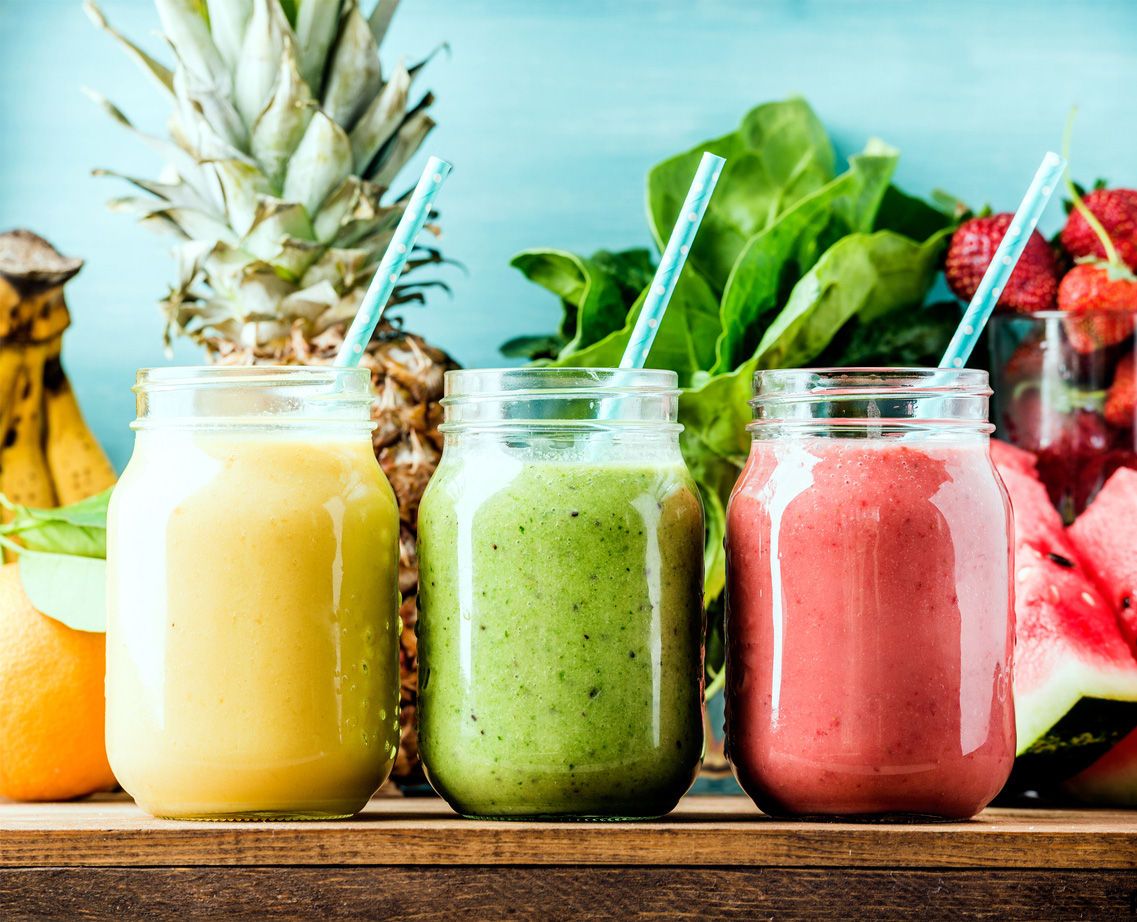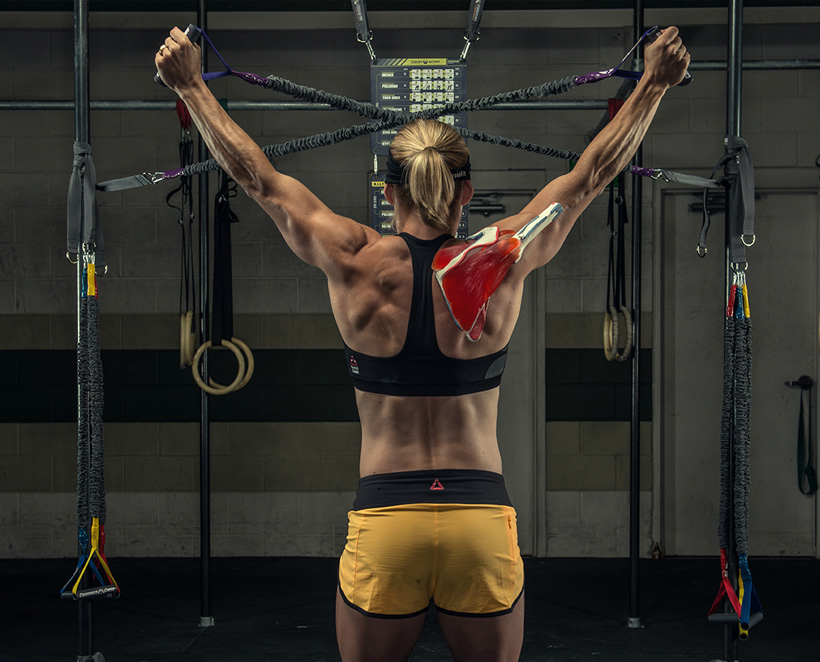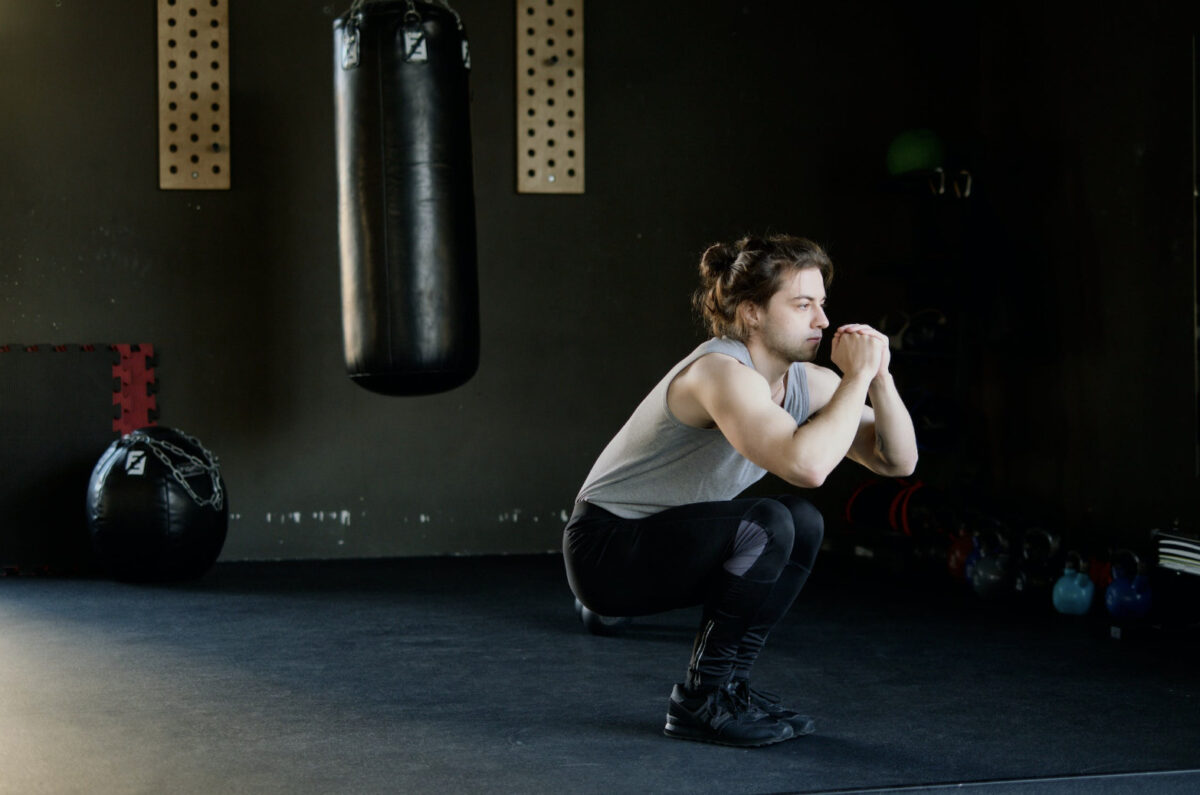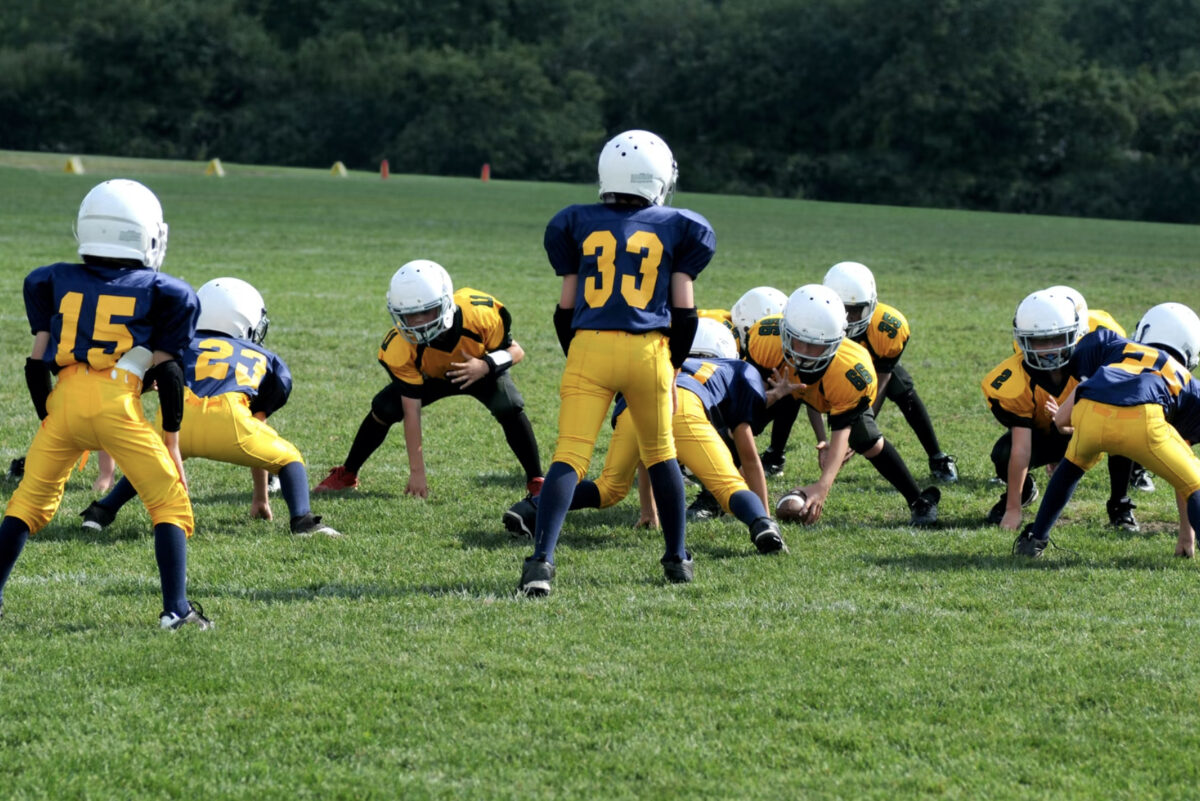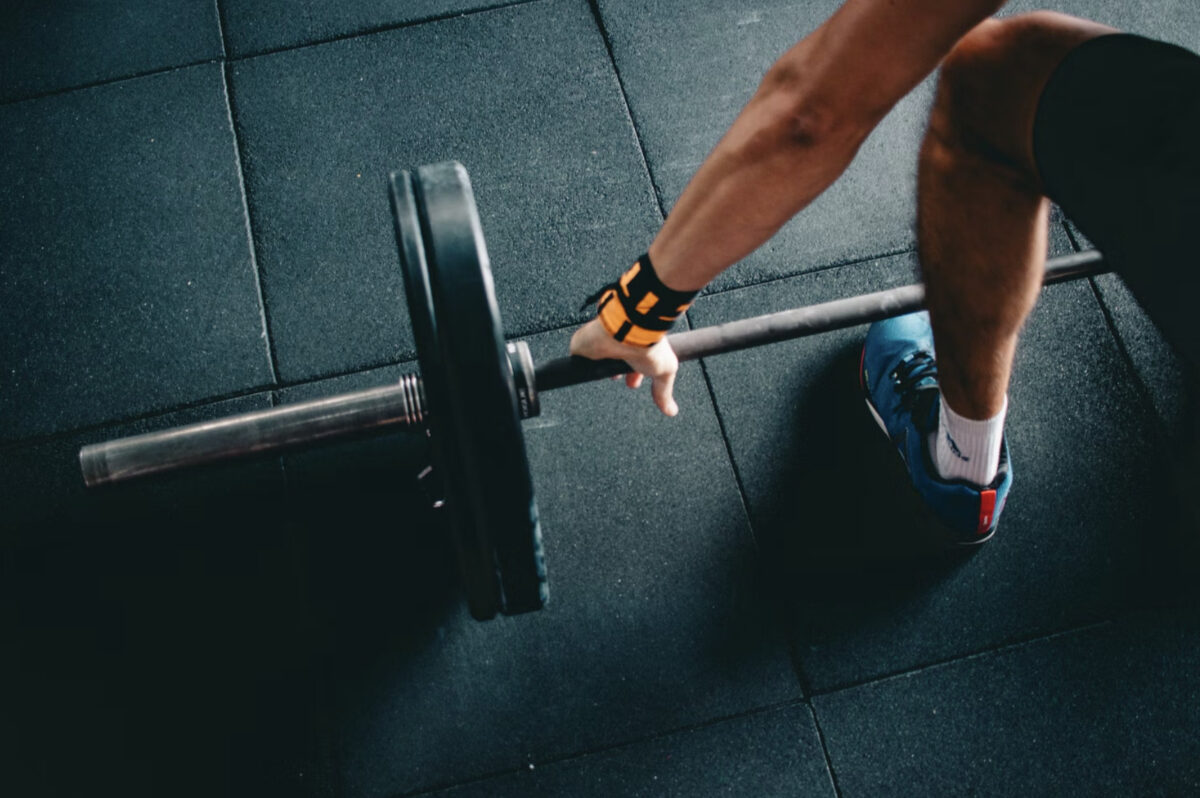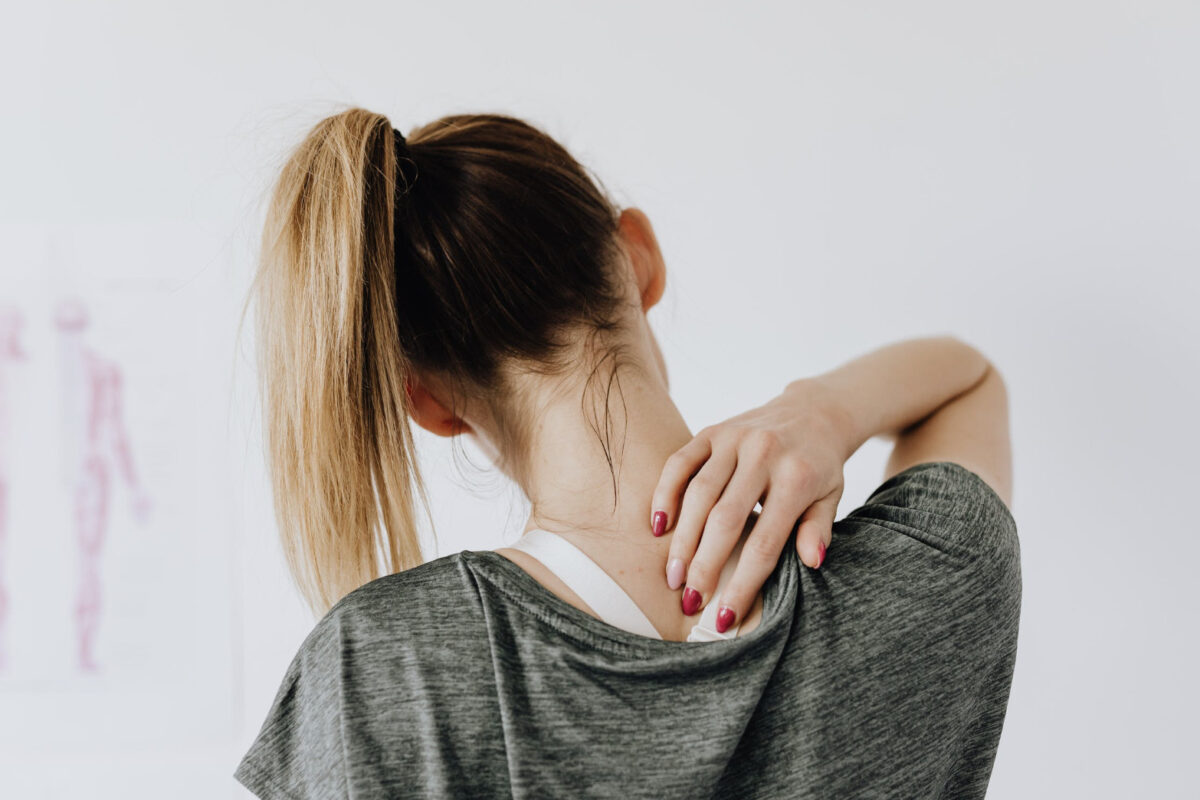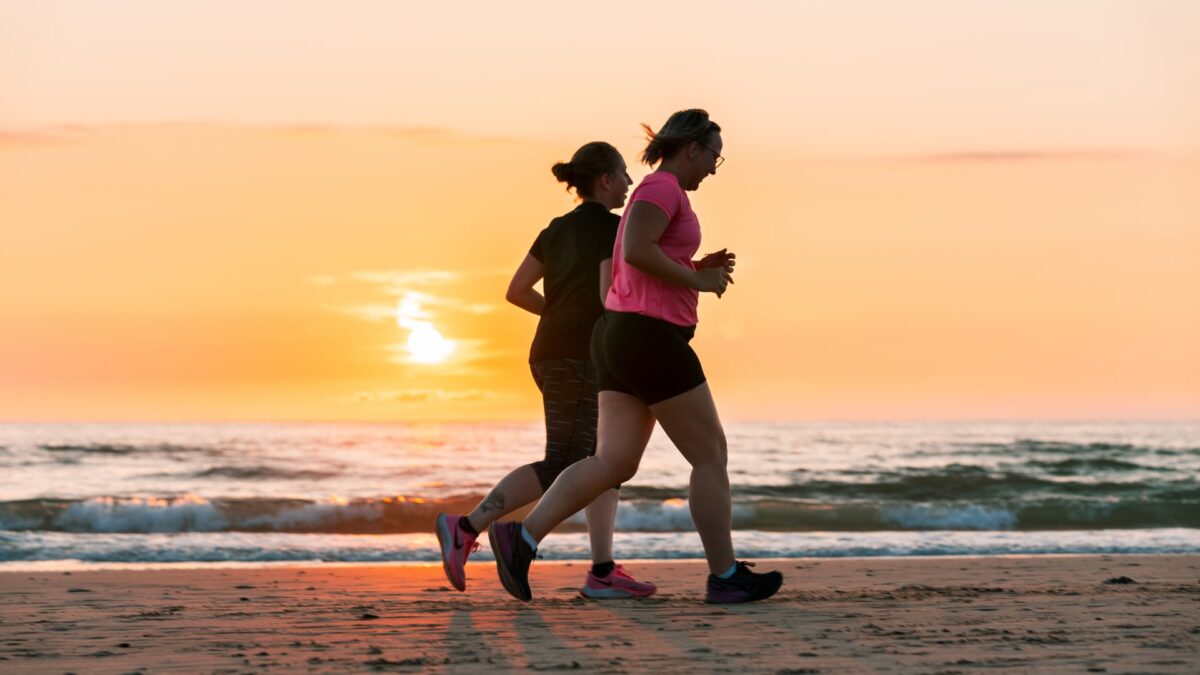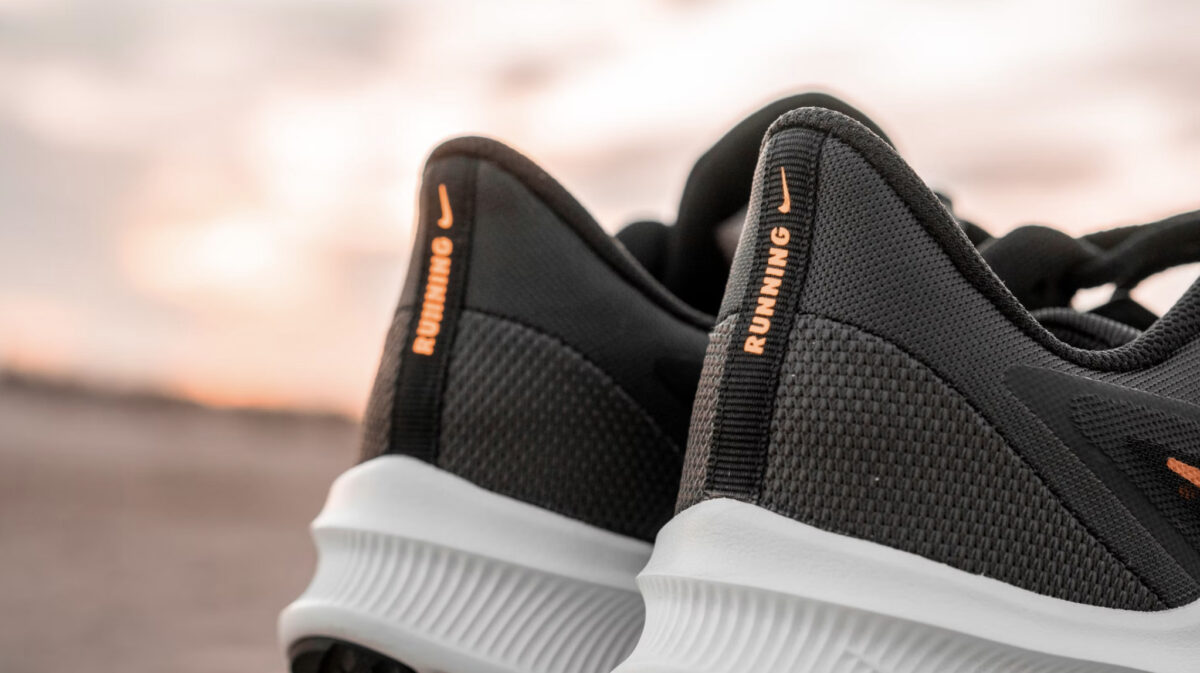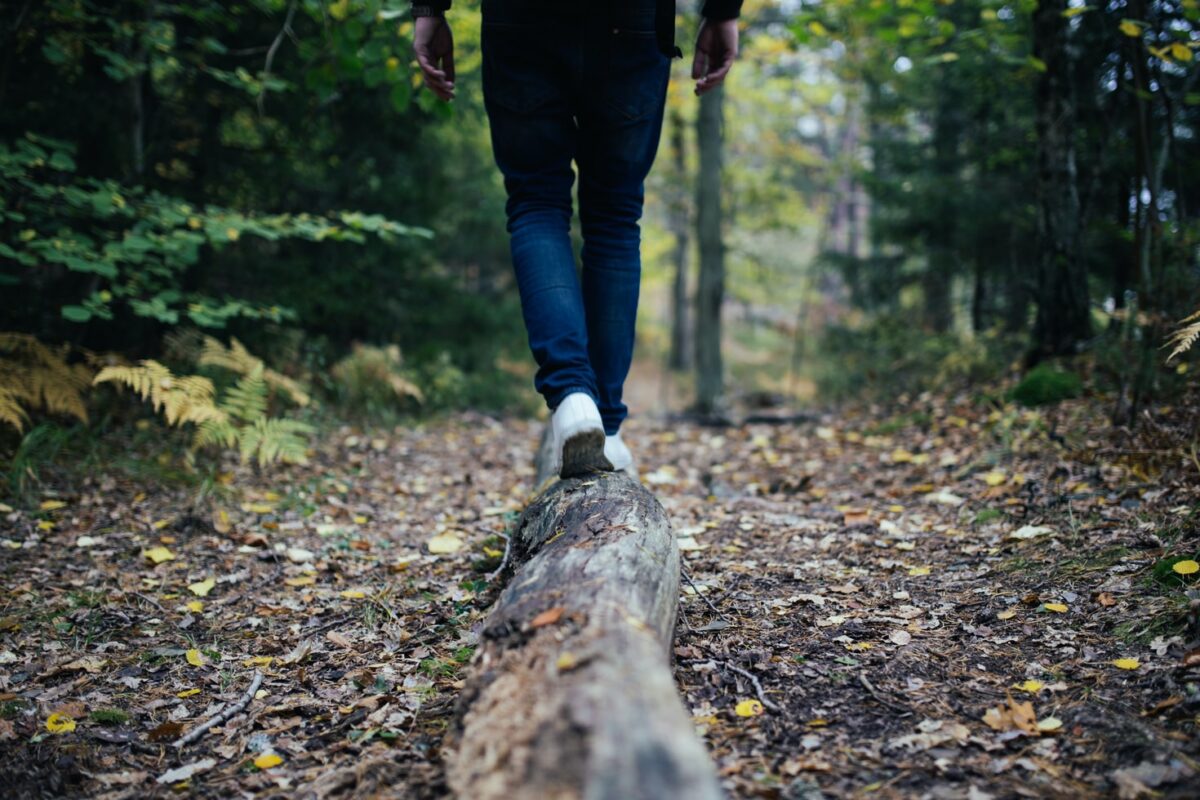By Tim Irvine and Tamara Kung ND
My morning meal has evolved dramatically over the years. For the first 25 years of my life, I was religious about frozen from concentrate orange or apple juice, toast with a bunch of jam, and some sort of cereal. The latter was usually a ‘healthier’ options like Corn Flakes, Rice Krispies, or Cheerios. Healthier when compared to Captain Crunch and Count Chocula. That is until I added a tablespoon or more of brown sugar, because there just wasn’t enough added sugar in my choices as they were. Ugh.
Contrast that with what I do now which is usually some sort of protein like eggs, yogurt with blue berries and natural granola, and often some amazing whole grain bread with natural peanut butter. I’m a coffee guy in training now (more about that in a different article) but it’s not part of my morning routine. Instead, I have one of these two options as my morning drink:
- 750ml of water with 3/4’s of a teaspoon of Biosteel sport performance powder, ¾’s of a teaspoon of Schinoussa sea vegetable super food, a teaspoon of creatine, and 4-6 drops of vitamin d3/k2.
- 300ml of unsweetened, non flavoured almond milk, 300ml of water, one full scoop (about 3 tbs) of Younited All In One Protein superfood mix, and a teaspoon of creatine.
I’ve evolved to these drinks based on my reading of what will give me the most bang for my health buck. Since I don’t have extensive education in nutrition, I thought I would get some feedback from someone who has much more knowledge of this area than I do. That’s where Dr. Tamara Kung, ND, comes in with an assessment of my concoctions. Let’s see what she thinks.
It’s great to see the evolution of your breakfast which reflects your constant desire to continue learning to become empowered to take control of your health. This is how we can find the best possible ways to enhance our physical and cognitive function.
At first glance, these are great morning cocktails especially since I know you are quite active in your mornings, often enjoying a run outdoors as well.
We’ll start off with Cocktail 1.
I really enjoy the combination of Biosteel and Sea Vegetable for your lifestyle. I see it being beneficial for you for these reasons:
· Electrolytes from Biosteel include essential minerals like sodium, potassium, and magnesium, which is helpful for those as active as you are. Replenishing sodium and potassium are 100% necessary for generating the electrical spark that gets your muscles to initiate movement, and also the sparks of communication within the neural circuits of your brain. For this reason, electrolytes can be helpful as a physical and cognitive performance enhancer. Since I’m aware that you are following mostly unprocessed, Real Foods, the extra sodium is safe to include.
· There’s a small addition of beetroot in Biosteel’s formula as well, which is a fun nitric oxide boost. This molecule helps dilate our blood vessels, increasing oxygen efficiency and studies have shown beetroot juice to improve endurance and physical performance.
· You get convenient coverage of vitamins and minerals from Biosteel, and while I typically prefer using real food for achieving your daily doses, this is a very easy way to ensure your bases are covered. Because I know you eat mostly Real, unprocessed foods, I think this is a great supplement to your Real Food diet. For example, the extra folate helps with muscle synthesis, and is why Popeye the sailor man was famous for popping cans of spinach into his daily routine.
· Sea vegetables from Schinoussa include ingredients like algae! This is a whole category of foods that I think more people definitely need more of. It’s not common in Western diets. But remember that part of healthy nutrition is not just eating whole, Real Foods, but also diversity. Different foods offer varying amounts of nutrients. Spirulina and chlorella are Real Food sources of nutrients like iron, vitamin A & C which can help improve skin health, is a source of plant protein, and omega 3s with 500 mg per serving. Algae are a nutrient dense, antioxidant powerhouse and their efficient anti-inflammatory capacity contributes to protecting us from chronic disease as well!
Health Eating = Real Foods + Diversity
· Vitamin D3/K2 is important for us Canadians to include. The combination with vitamin K2 is important to support cardiovascular health and protect us from calcifying are blood vessels. I often suggest having these levels measured and dose according to the results from your blood work which you can receive from your GP or friendly neighbourhood naturopath 🙂
On to Cocktail 2:
· Creatine is one of the most well studied amino acids and the supplement of this has been shown to improve physical performance in terms of strength and endurance. It can also increase lean muscle mass, which all again are helpful for athletes like yourself.
· I’m excited about Younited’s product. It has prebiotics (a fancy word for fiber in the form of inulin and mushrooms), an array of both land and sea vegetables, a plethora of antioxidant, and anti-cancer spices, fruits and vegetables (like moringa & broccoli and mushrooms). The power of the entire food beats out supplements that just extract singular vitamins and minerals. The interactions of thousands of compounds in a Real Food are unmatched in their synergy when eaten in whole form – we have just scratched the surface in this realm but research so far shows whole foods beat out isolate nutrients more often than not!
Suggestions:
1. The only addition I’d make to your cocktail rotation is the supplement of hydrolyzed collagen.
o Collagen is the most abundant protein in our body and is an integral structural protein in muscles, tendons, ligaments, skin, blood vessels, gut tissue, and dentin in our teeth. Studies show that it improves healing and recovery after athletic injury, alleviates joint pain, and can protect the integrity of joints -as collagen can be directly deposited in these areas!
o Collagen also improves skin health, improving skin elasticity and it’s protective function.
2. Diversity
o The fact you have two different super drinks to choose from is great. I would recommend alternating them with every other day, or maybe one week on and the next week will be the other. This way you get a chance to absorb a variety of nutrients from all the different sources which helps to keep your vitamin and mineral levels topped up, and not heavy on only certain types.
It is no easy feat to unhook yourself from old habits and what appears to be a heavy slant on processed sugary foods, so I want to give you a HUGE high five for that! The fact that we are discussing nutrition and ways to enhance every part of Level 2 Tim at this high level is not only fun, but I hope these incorporations leave you feeling better overall.
Thanks Tamara!
It looks like I’m on the right track and with a couple of additional adjustments I’ll be able to improve the good thing I have going. Hopefully you can take something away from this that will work for you. Cheers!
References:
Andrade, L.M., et al. (2018). Chlorella and spirulina microalgae as sources of functional foods, nutraceuticals, and food supplements; an overview. MOJ Food Processing & Technology, 6(2). Retrieved from https://www.researchgate.net/profile/Lidiane-Andrade/publication/322888591_Chlorella_and_Spirulina_Microalgae_as_Sources_of_Functional_Foods_Nutraceuticals_and_Food_Supplements_an_Overview/links/5a745245458515512078e1ec/Chlorella-and-Spirulina-Microalgae-as-Sources-of-Functional-Foods-Nutraceuticals-and-Food-Supplements-an-Overview.pdf
Domínguez R, Cuenca E, Maté-Muñoz JL, García-Fernández P, Serra-Paya N, Estevan MC, Herreros PV, Garnacho-Castaño MV. (2017). Effects of beetroot juice supplementation on cardiorespiratory endurance in athletes: A systematic review. Nutrients, 9(1):43. doi: 10.3390/nu9010043. Retrieved from https://www.ncbi.nlm.nih.gov/pmc/articles/PMC5295087/
Gurney T, Spendiff O. Algae Supplementation for Exercise Performance: Current Perspectives and Future Directions for Spirulina and Chlorella. Front Nutr. 2022 Mar 7;9:865741. doi: 10.3389/fnut.2022.865741. Retrieved from https://www.ncbi.nlm.nih.gov/pmc/articles/PMC8937016/
Patrick, R. Hydrolyzed collagen Found My Fitness. Retrieved from https://www.foundmyfitness.com/topics/collagen

